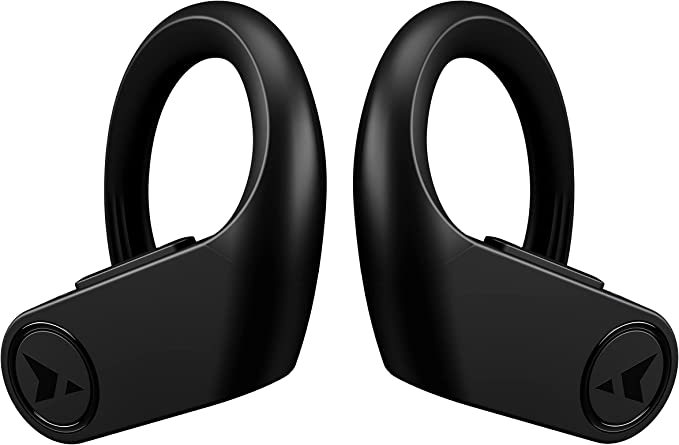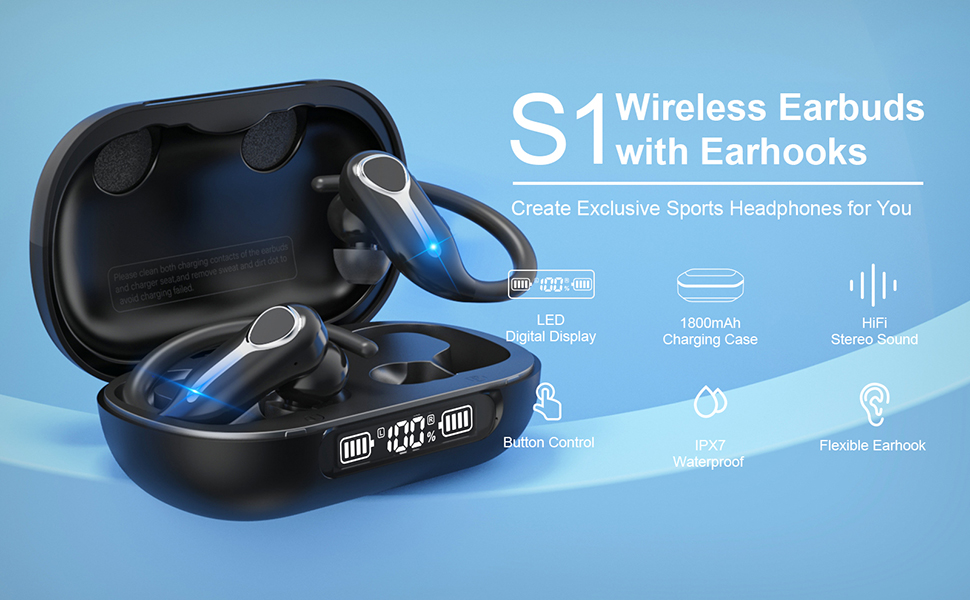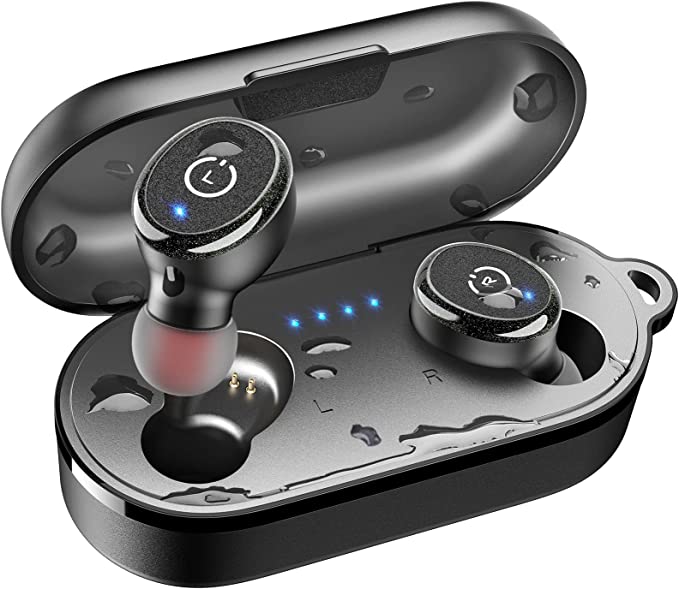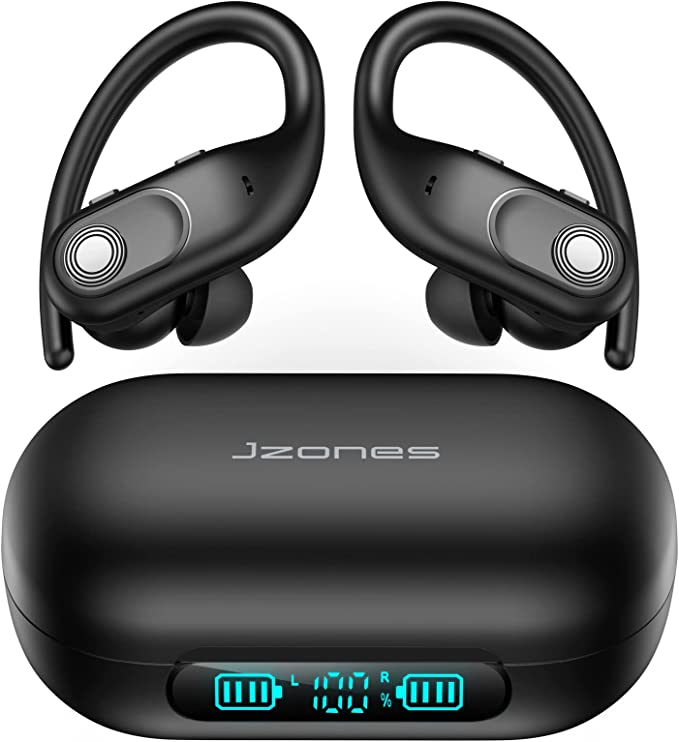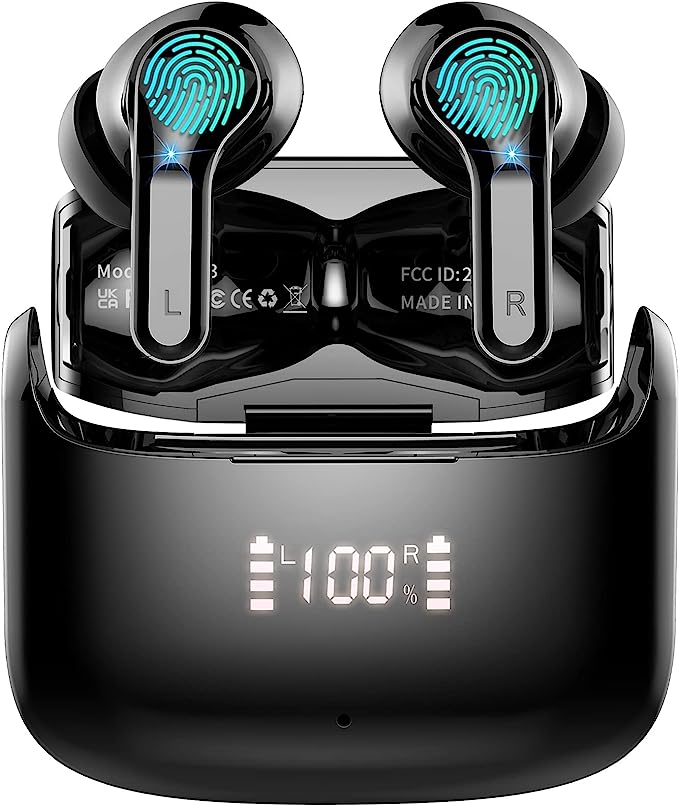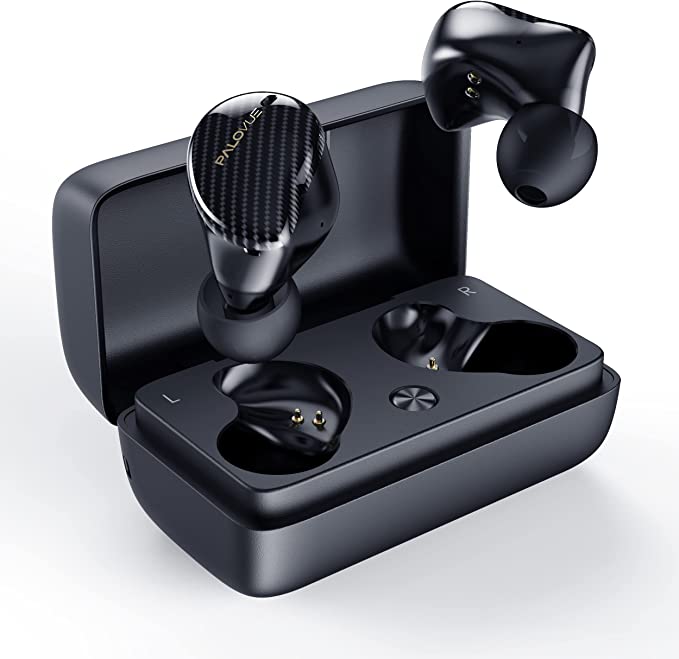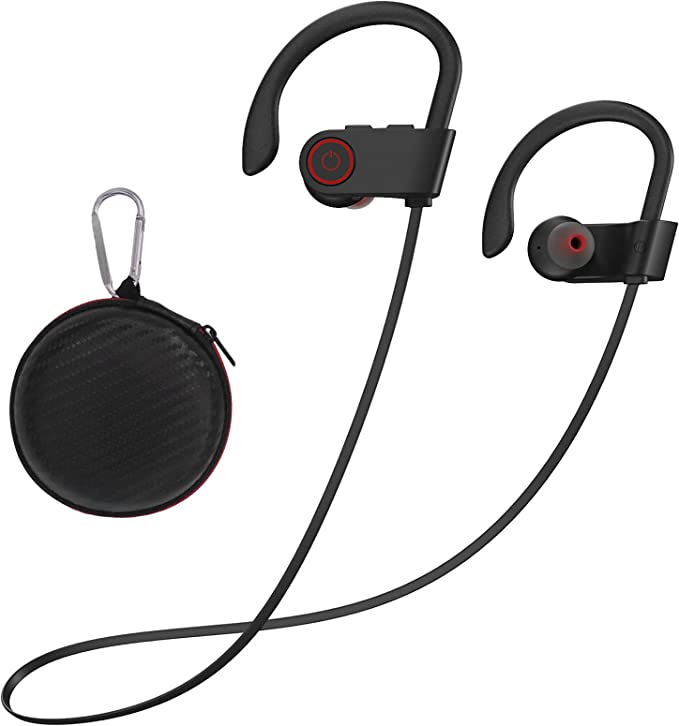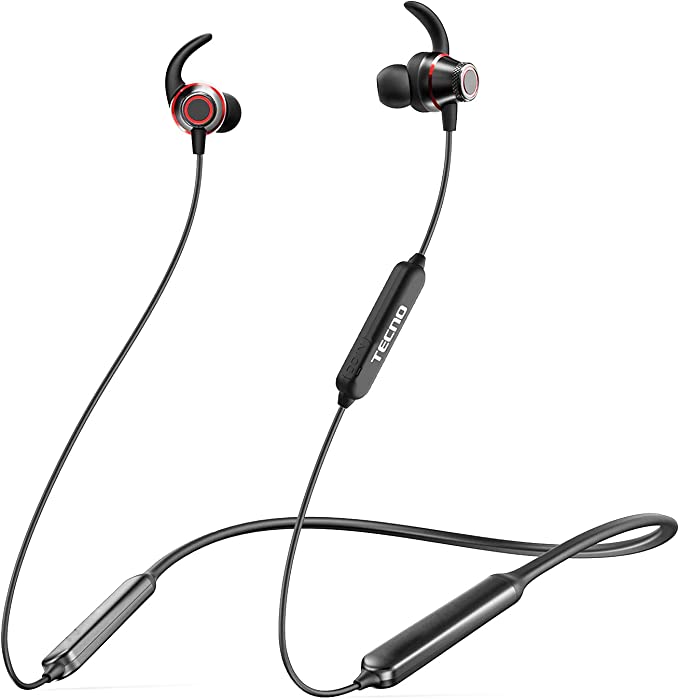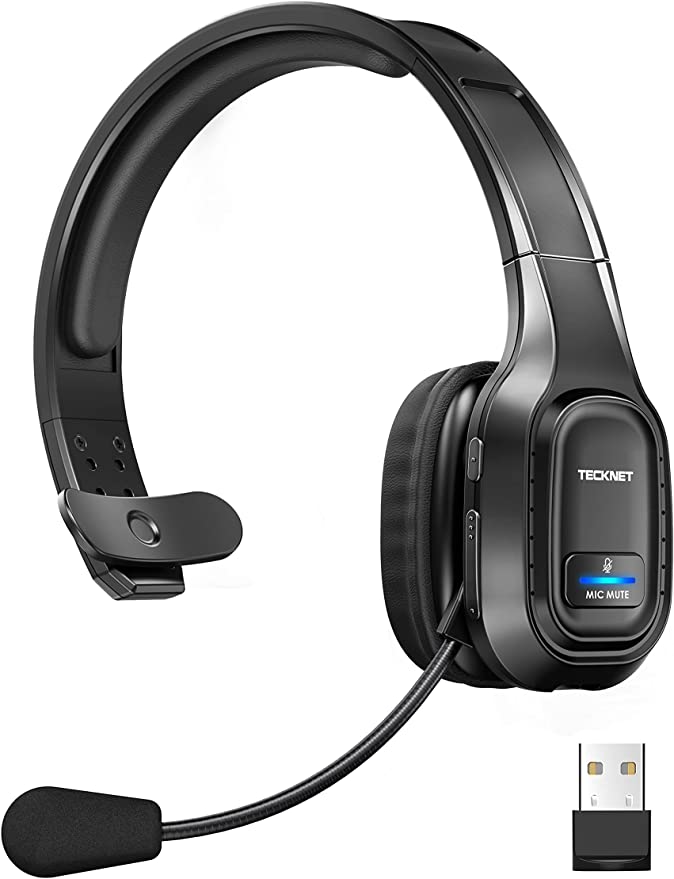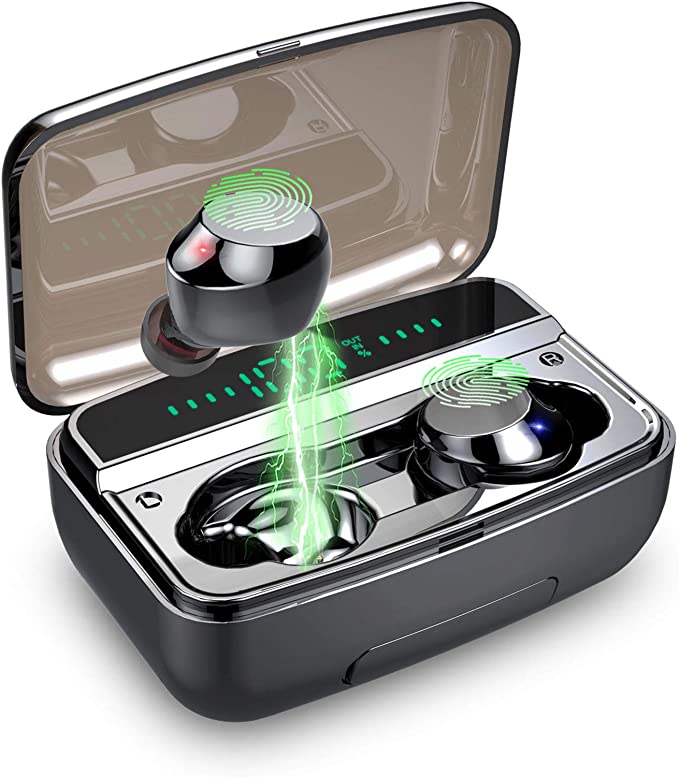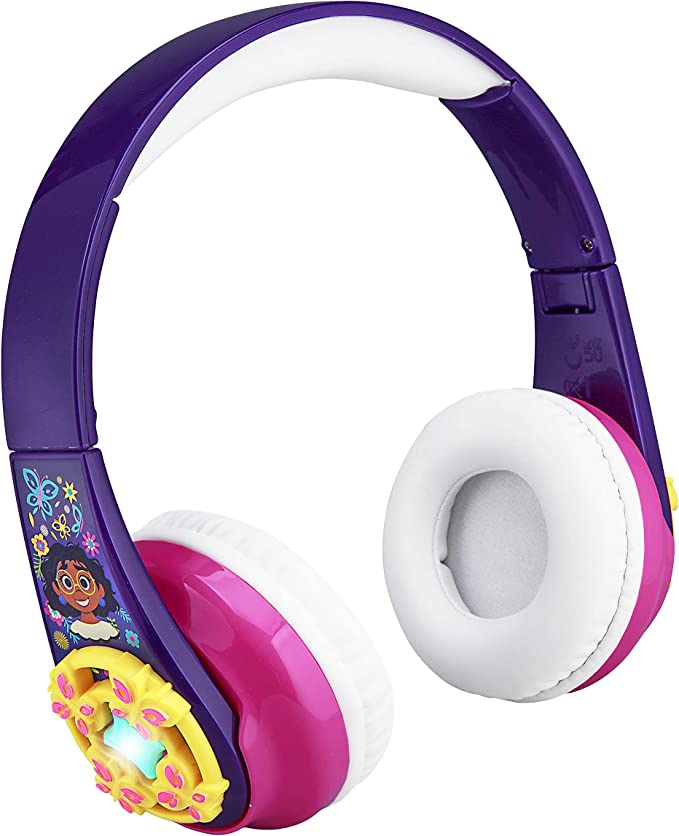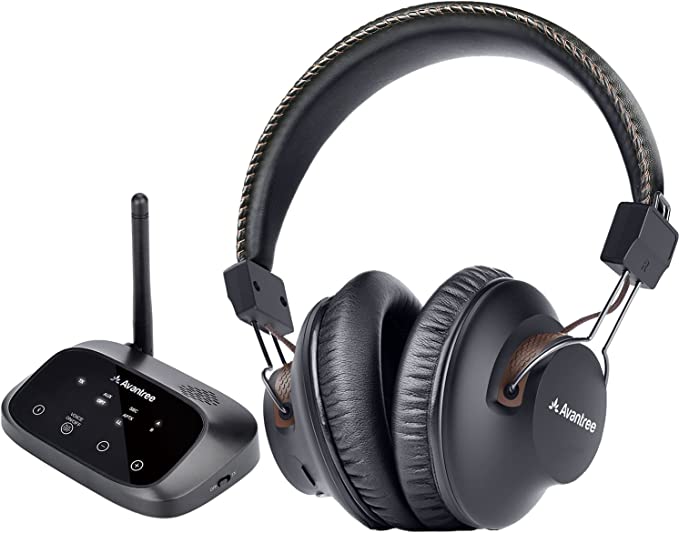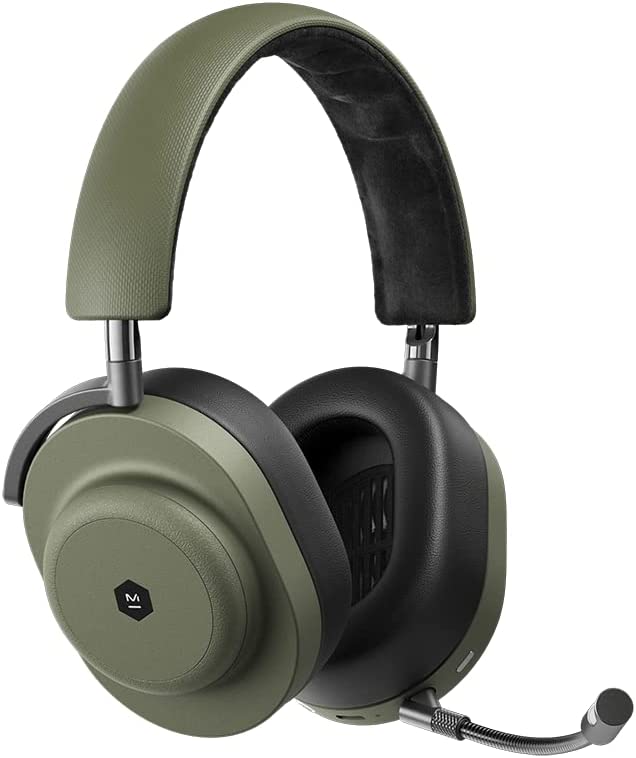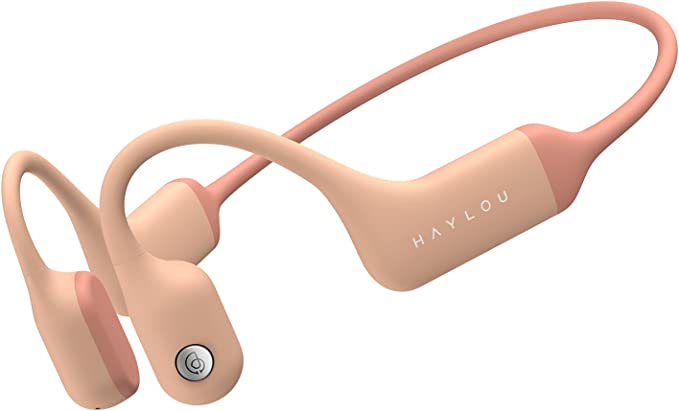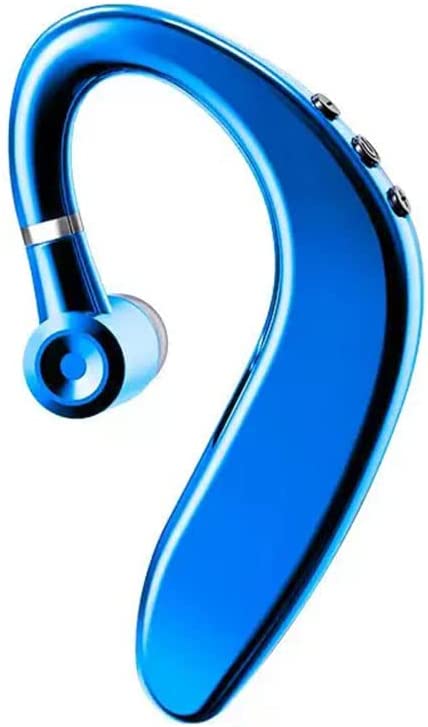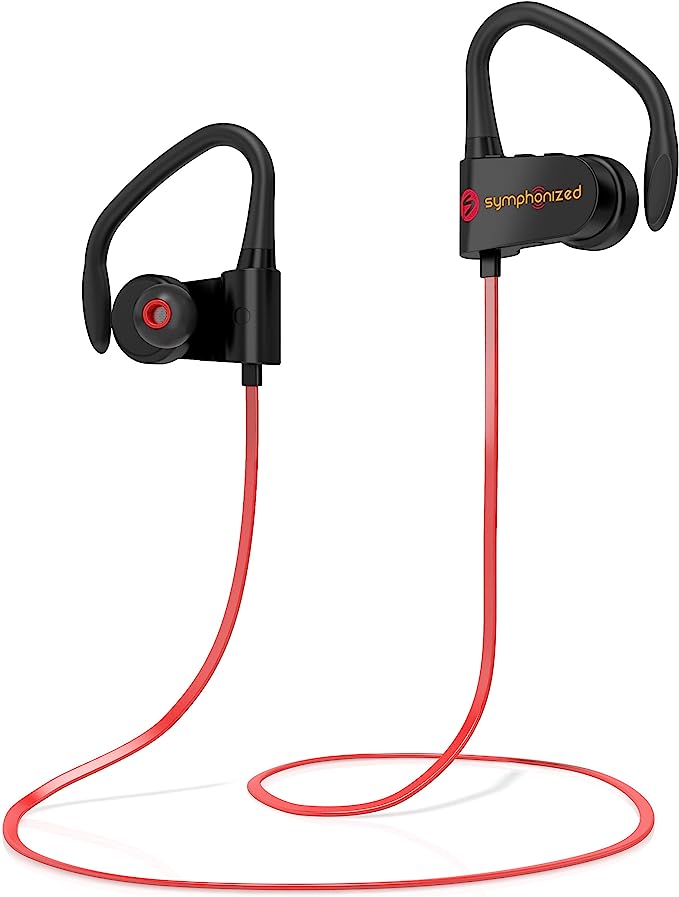JBL Endurance Jump Wireless Headphones: The Science of Secure, Waterproof Audio for Your Active Life
Update on May 15, 2025, 4:40 a.m.
In our increasingly connected and active world, the demand for technology that seamlessly integrates into our pursuits – especially our fitness routines – has never been higher. We want our music to motivate, our podcasts to inform, and our calls to connect, all without missing a beat or, quite literally, a step. But have you ever paused mid-stride, or between sets, to consider the intricate dance of science and engineering nestled within those sleek workout headphones? Today, we’re going to do just that. Using the JBL Endurance Jump Wireless Headphones - Teal as our lens, we’ll explore the fascinating applied science that powers such everyday marvels, transforming them from mere accessories into indispensable partners for an active life. This isn’t a review; it’s an expedition into the heart of the technology that helps you push your limits.

The Unseen Current: Navigating the World of Wireless Sound with Bluetooth
One of the most liberating advancements in personal audio is undoubtedly the advent of wireless technology, and at its forefront for devices like the JBL Endurance Jump is Bluetooth®. Imagine for a moment the sheer convenience: no tangled wires catching on gym equipment, no accidental yanking of earbuds from your ears during a dynamic stretch. This freedom is a gift from a technology that, in essence, creates a personal, short-range radio station between your audio source (like your phone) and your headphones.
Bluetooth’s story begins in the 1990s with Ericsson in Sweden, conceived as a way to replace cables between mobile phones and their accessories. Its curious name harks back to Harald “Bluetooth” Gormsson, a 10th-century Danish king famed for uniting disparate Danish tribes. Similarly, Bluetooth technology aims to unite devices. When you pair your JBL Endurance Jump headphones, they perform a digital handshake with your phone. This establishes a connection over radio waves in the $2.4 \text{ GHz}$ Industrial, Scientific, and Medical (ISM) radio band – a slice of the radio spectrum also used by things like Wi-Fi routers and microwave ovens.
But how does it maintain a clear signal, especially when you’re moving vigorously in an environment potentially crowded with other radio signals? The unsung hero here is a technique called Frequency-Hopping Spread Spectrum (FHSS). Instead of transmitting on a single radio frequency, Bluetooth devices rapidly hop between dozens of different frequencies many times per second, following a pseudo-random sequence known to both the transmitter and receiver. Think of it as quickly changing channels on a walkie-talkie to avoid interference. If one channel is noisy or busy, the hop to another clear channel happens so fast you’re unlikely to notice a disruption in your audio. This robustness is paramount for workout headphones like the JBL Endurance Jump, ensuring your motivational soundtrack remains steadfast as you conquer your fitness goals. While the product information for the Endurance Jump simply states “Wireless Communication Technology: Bluetooth,” understanding this underlying principle highlights the sophistication that enables its reliable wireless performance.

Defying the Elements: The Engineering Behind a Truly “Waterproof” Companion
For anyone who’s ever pushed through a grueling workout, “sweat-proof” or, even better, “waterproof” are magic words when it comes to electronics. Perspiration, rain, an accidental splash from a water bottle, or even a post-workout rinse – these are the realities that sports headphones must endure. Electronics and water are traditionally unhappy bedfellows, with moisture capable of causing short circuits and corrosion. So, how does a device like the JBL Endurance Jump, which claims a “Waterproof” rating according to its materials and care information, stand up to this aquatic assault?
While the specific Ingress Protection (IP) rating (like IPX7, which would denote protection against temporary immersion) isn’t detailed in the provided product information for the Endurance Jump, the term “Waterproof” itself implies a significant level of defense. Achieving this involves a multi-pronged approach rooted in material science and meticulous design.
A key player here is often the choice of materials. The Endurance Jump lists “Silicone” as a primary material. Silicone is a synthetic polymer renowned for its hydrophobic (water-repelling) properties. Water tends to bead up on its surface rather than soaking in. It’s also highly durable, flexible, and resistant to degradation from sweat’s salinity or temperature fluctuations. Think of how silicone seals are used in kitchenware or plumbing – the principle is similar.
Beyond the material itself, the physical construction is critical. This means designing the casing to minimize entry points for water. Any seams or joints must be tightly sealed, potentially using gaskets or adhesives that maintain their integrity even when flexed or stressed. Buttons, if present (though the Endurance Jump features touch controls, which we’ll get to), and charging ports are common vulnerabilities that require special sealing techniques. This robust design philosophy is what allows users to, as one reviewer of the Endurance Jump from Australia mentioned, use them while “exercising in rain” or, as another anecdote implies with some headphones surviving a washing machine, points to a high degree of water resistance being achieved in certain durable designs. The aim for JBL Endurance Jump‘s waterproof feature is clearly to ensure longevity and reliable performance, no matter how much you sweat.

The ‘Intelligent Click’: Deconstructing the Ingenuity of PowerHook™
One of the more distinctive features highlighted for the JBL Endurance Jump is its PowerHook™ technology, designed for automatic power on/off. This is more than just a convenience; it’s a piece of clever engineering that addresses common user pain points: the annoyance of fiddling with tiny power buttons, especially with sweaty hands, and the unnecessary battery drain when headphones are inadvertently left on.
So, how does this “intelligent click” likely work? The PowerHook™ seems to refer to the ear hooks themselves, which, when separated (as you put them on), turn the headphones on, and when brought together (presumably magnetically clasping when you take them off), turn them off. This suggests the integration of miniature magnetic switches. Two common types of such switches that could be employed here are Hall effect sensors or reed switches.
A Hall effect sensor detects the presence and magnitude of a magnetic field. If a tiny magnet is embedded in one part of the ear hook and a Hall sensor in the other, bringing them close together or separating them would change the magnetic field detected by the sensor. This change can then trigger a circuit to power the device on or off. Reed switches are even simpler: they consist of two or more magnetizable, flexible metal reeds sealed in a tiny glass envelope. When a magnetic field is brought nearby, it causes the reeds to draw together, completing a circuit, or separate, breaking it.
Whichever specific mechanism is used, the beauty of PowerHook™ lies in its elegant simplicity from the user’s perspective. It’s an intuitive system. As described in the “About this item” section, it provides “Automatic Power On/Off,” which directly contributes to preserving battery life – crucial for ensuring your headphones are ready for that claimed 7-8 hours of average playback (according to a user review). This feature transforms a mundane action into a seamless part of using the headphones, reflecting a thoughtful approach to the user experience in sports and exercise scenarios.

Harmony in Hustle: The Ergonomics of Headphones That Won’t Quit on You
There’s an unwritten law in product design: if it’s not comfortable and doesn’t stay put, especially during vigorous activity, its other features hardly matter. For sports headphones like the JBL Endurance Jump, ensuring a secure and comfortable fit is paramount. The frustration of an earbud dislodging mid-run or during a high-intensity interval is universally understood. So, what’s the science behind making headphones that “lock in,” as one user described their experience with the Endurance Jump?
It’s a multifaceted discipline known as ergonomics – the science of designing products to fit the human body and its cognitive abilities. For in-ear headphones, several factors contribute to stability:
1. Structural Design: The shape of the earbud housing and the ear tip is crucial. Many designs, often based on extensive anthropometric data (measurements of the human body), aim to conform to the concha and ear canal. The JBL Endurance Jump employs an “In Ear” form factor with its PowerHook™ design also acting as an over-ear hook. Such hooks provide a critical anchor point, distributing weight and counteracting the downward pull of gravity and the inertial forces generated during movement (like bouncing while running or sharp head turns).
2. Material Choice: Again, silicone plays a vital role. Not only is it water-resistant and durable, but its slight tackiness also provides a degree of friction against the skin, helping to prevent slippage. This is far more effective than smooth, hard plastics, especially when sweat is introduced.
3. Weight and Balance: Lighter is generally better to minimize inertia. The Endurance Jump is listed at 7.2 ounces (though this might be package weight; individual earbuds are typically much lighter). More importantly, the balance of that weight and how it’s distributed by the hooks and earpieces affects stability.
4. Secure Fit Mechanisms: Some headphones use wing-tips or specific locking mechanisms. While “TwistLock™” isn’t explicitly named in the provided text for the Jump model (it’s a known JBL feature family), the user description of them “lock[ing] in to your ears like no other headphone I have ever used” strongly suggests a highly effective securement system, likely a combination of the PowerHook™ and the ergonomic shaping of the in-ear component.
The goal is to create a synergy where the headphones feel like a natural extension of the ear, allowing the athlete to focus entirely on their performance, not on constantly readjusting their gear. This pursuit of a secure fit is a cornerstone of designing effective sports and exercise audio equipment.
The Conductor’s Touch: Understanding Capacitive Controls in the Heat of the Moment
Walk through any electronics store, and you’ll notice the proliferation of sleek, buttonless surfaces that respond to your touch. The JBL Endurance Jump incorporates this modern interface with “Built-In Touch Controls for Music/Calls.” This technology is typically capacitive touch sensing, a clever bit of science that uses the electrical properties of the human body.
Imagine an invisible grid or electrode pattern built into the surface of the earbud. This electrode maintains a stable electrostatic field. Your fingertip, being a conductor of electricity (thanks to the water and electrolytes in your body), has its own capacitance. When you bring your finger close to or touch the sensor area, you disrupt or “couple” with this electrostatic field, changing the capacitance at that specific point. Sophisticated integrated circuits detect this change, interpret its location (if multiple sensors are used for different gestures like tap, swipe, or hold), and translate it into a command – play, pause, skip track, or answer a call.
The advantages of capacitive touch are numerous: * Aesthetics: It allows for smooth, unbroken surfaces, contributing to a modern and often more water-resistant design. * Durability: With no moving mechanical parts like physical buttons, there’s less to wear out or break over time. * Potential for Versatility: Different gestures can be programmed to perform various functions.
However, this technology also comes with its own set of challenges, particularly for devices used in dynamic, often sweaty environments. As some user feedback on the JBL Endurance Jump (and many other touch-sensitive devices) suggests, the controls can sometimes be too sensitive. A stray water droplet, sweat, hair brushing against the sensor, or even the hood of a jacket can, in some instances, have enough capacitive effect to trigger an unintended action. The review by “Beck” mentioning that “the slightest little touch turns them off completely” or that a shoulder graze pauses them, highlights this delicate balance engineers must strike. They need to calibrate the sensitivity to be responsive enough for deliberate commands but not so hair-trigger that it becomes frustrating. It’s a continuous refinement process in the world of interface design, especially for sports and exercise gear where conditions are far from a calm, dry office desk.
The Sound of Sweat: Audio Nuances for the Active Listener
Ultimately, headphones are about sound. While the JBL Endurance Jump is packed with technologies for durability and convenience during sports and exercise, its audio performance is what delivers the final experience. Producing high-fidelity sound from the necessarily compact drivers found in in-ear headphones is an engineering challenge in itself. These tiny transducers have to move air efficiently to create the pressure waves our ears interpret as sound, across a wide range of frequencies.
User perceptions of sound quality, as seen in the customer ratings for the Endurance Jump (3.7 out of 5 stars for “Sound quality” from the provided text), are inherently subjective and can be influenced by many factors: * The Fit: A proper seal in the ear canal is crucial, especially for bass reproduction. If the earbuds don’t fit snugly, bass frequencies can “leak” out, leading to a sound perceived as thin or lacking depth. * Source Material: The quality of the audio file or streaming service plays a role. * Individual Hearing and Preferences: What one person considers “good bass” (a point of contention for some Endurance Jump reviewers, with one noting “zero bass”), another might find overpowering or just right. * Acoustic Design of the Earbuds: The shape of the housing, the materials used, and the characteristics of the driver itself all contribute to the final sound signature.
It’s a common challenge for sports-focused earbuds, where design priorities often include ruggedness, water resistance, and secure fit, to also satisfy the most discerning audiophiles. The goal is typically a balanced, clear sound that can cut through the ambient noise of a gym or the rhythm of your breathing and footsteps, providing motivation without necessarily aiming for critical listening a_udio fidelity. The mixed reviews on sound for the Endurance Jump, particularly regarding bass, reflect this ongoing balancing act in the audio engineering of compact, activity-focused headphones.
The Engineered Edge: When Science Meets Sweat
Looking back at the JBL Endurance Jump Wireless Headphones - Teal, it becomes clear that they are far more than just a way to listen to music during a workout. They represent a confluence of numerous scientific and engineering disciplines. From the radio frequency magic of Bluetooth® ensuring a stable wireless connection, to the material science and mechanical design that deliver waterproofing and a secure ergonomic fit. From the subtle intelligence of magnetic switches in the PowerHook™ for intuitive power control, to the delicate dance of electrical fields in the capacitive touch interface.
Each feature we’ve explored is a testament to how thoughtful engineering, often working invisibly, can significantly enhance our active lives. Technologies like these don’t just happen; they are the result of iterative design, understanding of physical principles, and a keen focus on the user’s experience, especially in demanding environments like those encountered during sports and exercise.
The JBL Endurance Jump, with its blend of features like the convenient PowerHook for Automatic Power On/Off and its water-resistant build, serves as a compelling example of how these scientific principles are translated into tangible benefits. While no single product can be all things to all people, and user experiences will always vary (as reflected in feedback on aspects like touch sensitivity or specific sound profiles), the underlying technological ingenuity is undeniable. As we continue to seek ways to integrate technology more seamlessly into our lives, it’s worth appreciating the quiet brilliance engineered into the devices that help us run further, lift heavier, and simply enjoy the rhythm of an active existence. The science is all around us, even in the beat of our workout.
